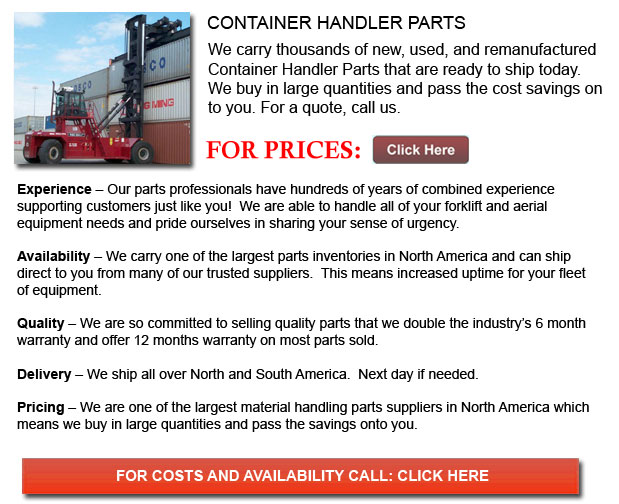
Container Handler Part - Forming the basis of containerization, shipping containers are part of a transfer system based on using steel intermodal containers (shipping containers). These containers are built to particular standard dimensions that can be stacked and transported, loaded and unloaded with optimum efficiency over long distances. Shipping containers are normally transported by rail, semi-trailer trucks and ships without being opened.
This system of utilizing shipping containers was developed after World War II in order to greatly reduce transport expenses. Containerization has also been huge in increasing international trade alliances. These days, for instance, about 90% of non-bulk cargo is transported internationally by containers that are stacked on transport ships. It is estimated that 26 percent of all container trans-shipment takes place in China. There are enormous ships that could transport over fourteen thousand five hundred units.
Few individuals at first were able to see the effect that container shipping would have in the shipping business. One economist in the 1950s, namely Benjamin Chinitz of Harvard University, predicted that containerization will have really benefit New York, by allowing it to ship more effectively to the southern parts of the United States. He did not anticipate that containerization would also make it more cost effective to import such products from abroad.
Nearly all economic studies of containerization assumed that shipping organizations will start to replace older kinds of transportation with containerization. The studies did not predict that the process of containerization itself will cause a more direct effect on various producers, along with increasing the overall volume of trade all over the globe.
One of the vital benefits of containerization is the improved cargo security. Since the cargo is not visible to the casual viewer it is usually less possible to be stolen. Usually, the doors of the containers are sealed and this means that whatever signs of tampering are more evident. There are numerous containers that are outfitted along with high-tech electronic monitoring devices. These could be remotely monitored to detect changes in air pressure. This detection takes place when the doors are opened. These monitoring devices have reduced the "falling off the truck" syndrome that long plagued the shipping business.
In the past, there was some difficulty with incompatible rail gauge sizes in different nations. These days, most shipping ports now make use of the same basic size of container which has reduced the issues. These days, the majority of rail networks across the world operate on a 1435 mm gauge track. This is considered to be the standard gauge, though, a lot of countries use wider gauges. Several nations in South America and Africa utilize narrower gauges on their networks. All of these nations rely on container trains which makes trans-shipment between various gauge trains a lot easier.
![]() Click to Download the pdf
Click to Download the pdf
Forklift Parts
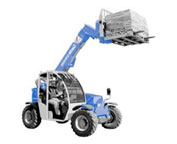
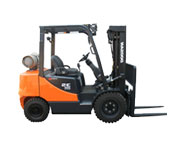
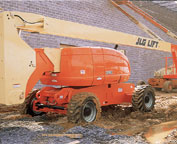
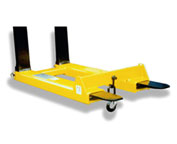
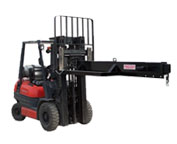
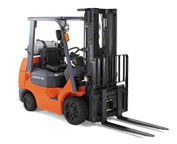
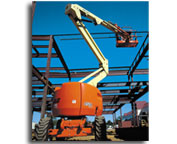
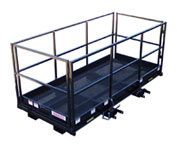
Lift Parts Express
TOLL FREE: 1-888-695-7994
LOCAL: (408) 329-1477
2784 Homestead Rd 125
Santa Clara, California
forkliftpartssantaclara.com
Email Us
About Us


